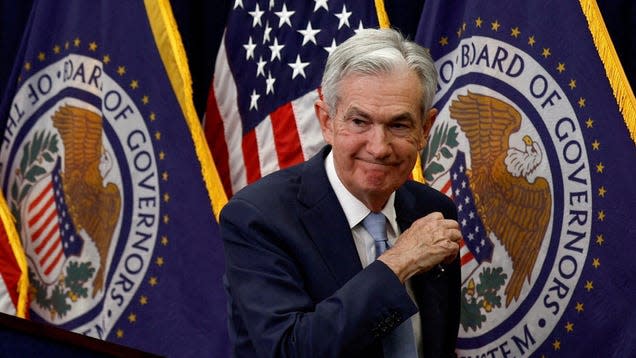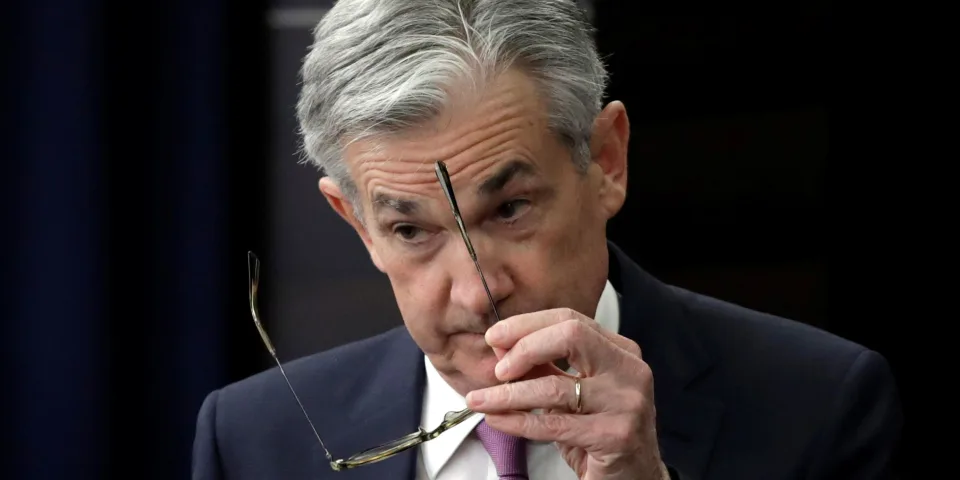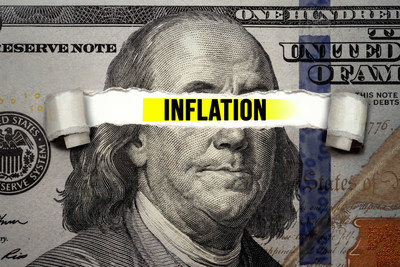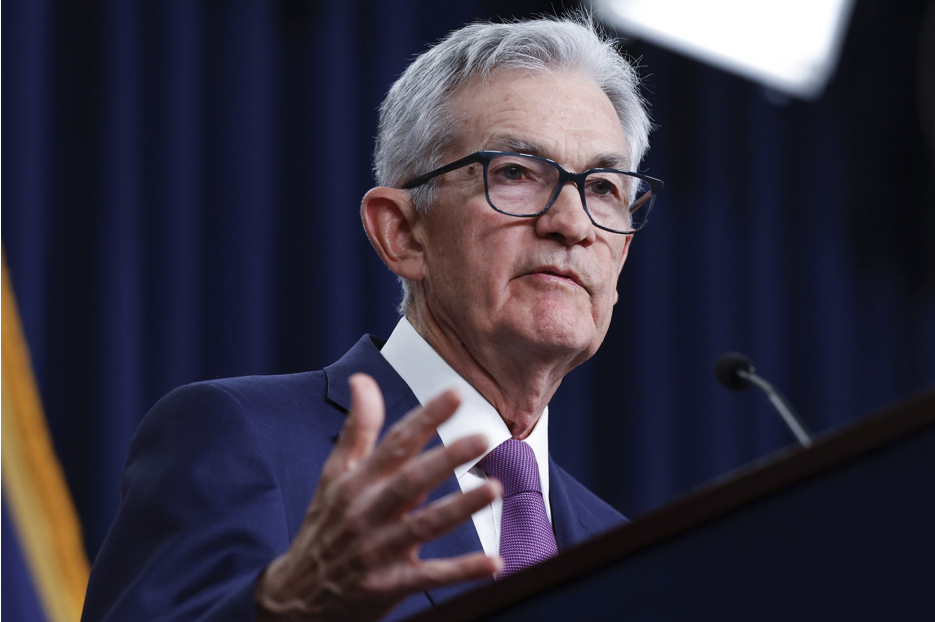The US inflation slowdown isn't coming from the Fed's rate hikes

Nate DiCamillo @ Quartz
Recent US inflation data has been a win for team transitory—the economists who predicted that inflation would come down without interest rate hikes.
The US consumer price index (CPI) rose by 0.1% from October to November, far below the 0.3% increase that economists polled by Dow Jones had predicted.
Several measures of goods inflation slowed or outright declined in November. This is in part because of the easing of supply chain snags and in part because businesses had stocked up on goods in response to the supply chain shock, and now needed to sell some of those inventories at a loss. But rate hikes? They seemed to have little to do with it.
If interest rate hikes were slowing inflation, we’d expect to see prices falling for housing now that mortgage rates have shot above 6%. Yet high costs for shelter persisted in November. Instead we see inflation slowing for new cars and declining for used cars even as automobile sales have picked up.
And the inflation that’s been the most persistent? That would be prices for housing-related goods like home furnishings and appliances, which continue to rise. This is despite the fact that the Fed’s tightening of financial conditions has dampened the housing market.
What about falling rent costs?
The CPI’s measure of rents tends to lag current conditions, but attempts to measure today’s asking prices suggest that rents are falling. It’s unlikely that this decline is caused by the Fed’s rate hikes since Americans don’t usually finance their rent payments, as economist Alex Williams of labor policy group Employ America noted in a recent blog post. Rents often fall in response to decreased income or job opportunities.
“We are seeing that prices—even prices principally sensitive to the rate of job growth—can decelerate while the labor market continues to strengthen and wages rise,” Williams wrote. “In truth, it suggests that we can get to 2%-consistent rent inflation while employment continues to grow. No need for the kinds of recessionary hits to employment some prominent economists are looking to engineer.”
The long path of interest rate hikes
Part of the reason why the Fed’s rate hikes haven’t had more of an effect is that they take about six to nine months to work their way through the economy. Once borrowing is made more expensive for banks through the federal funds rate, those banks don’t immediately turn around and make borrowing more expensive for everyone else. (There are other monetary policy dynamics which are causing mortgage rates to overshoot the Fed’s targets).
While the Fed has stepped back from increases of 75 basis points in favor of rate hikes of 50 basis points, the new, slower pace shouldn’t be interpreted as a pivot towards looser monetary policy, Joseph Politano, a labor market analyst, wrote in his Apricitas Economics newsletter this week. Fed officials were more dire in their economic December economic projections than at previous meetings, predicting higher interest rates and higher unemployment in 2023.
The Fed is also keeping its eyes on wages because it thinks that wages will dictate the path of inflation. The employment cost index in the third quarter fell from 5.6% year-over-year in the second quarter to 5.2%. And while some economists raised red flags about a 0.6% monthly increase in hourly earnings in the November jobs report, the average weekly hours work decreased, meaning that wage data in the jobs report is skewed upwards.
Growth in the labor market was expected to slow on its own in 2022 and already has, said Skanda Amarnath, executive director at Employ America. That should give the Fed pause before trying to raise unemployment further to lower prices, Amarnath added.



